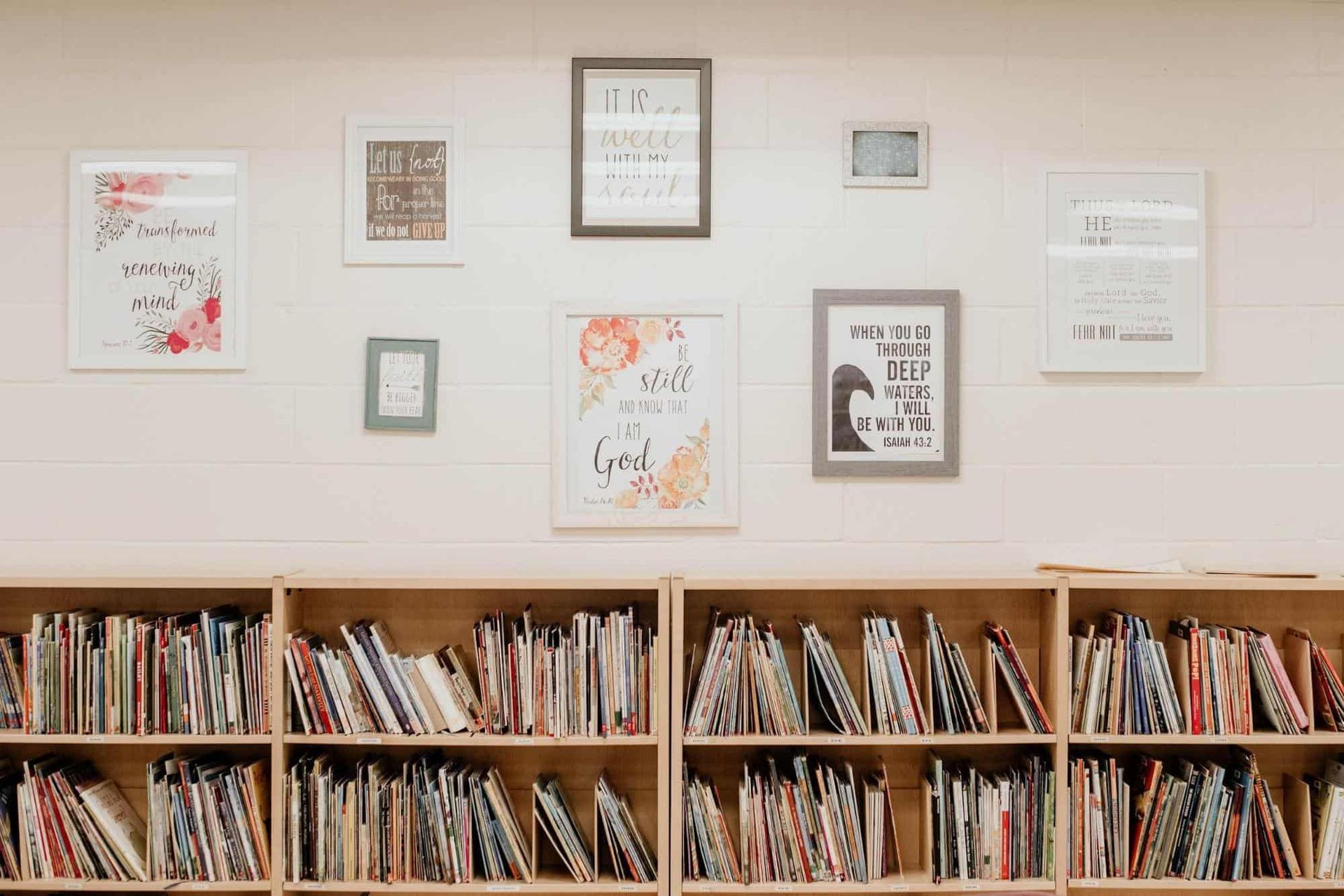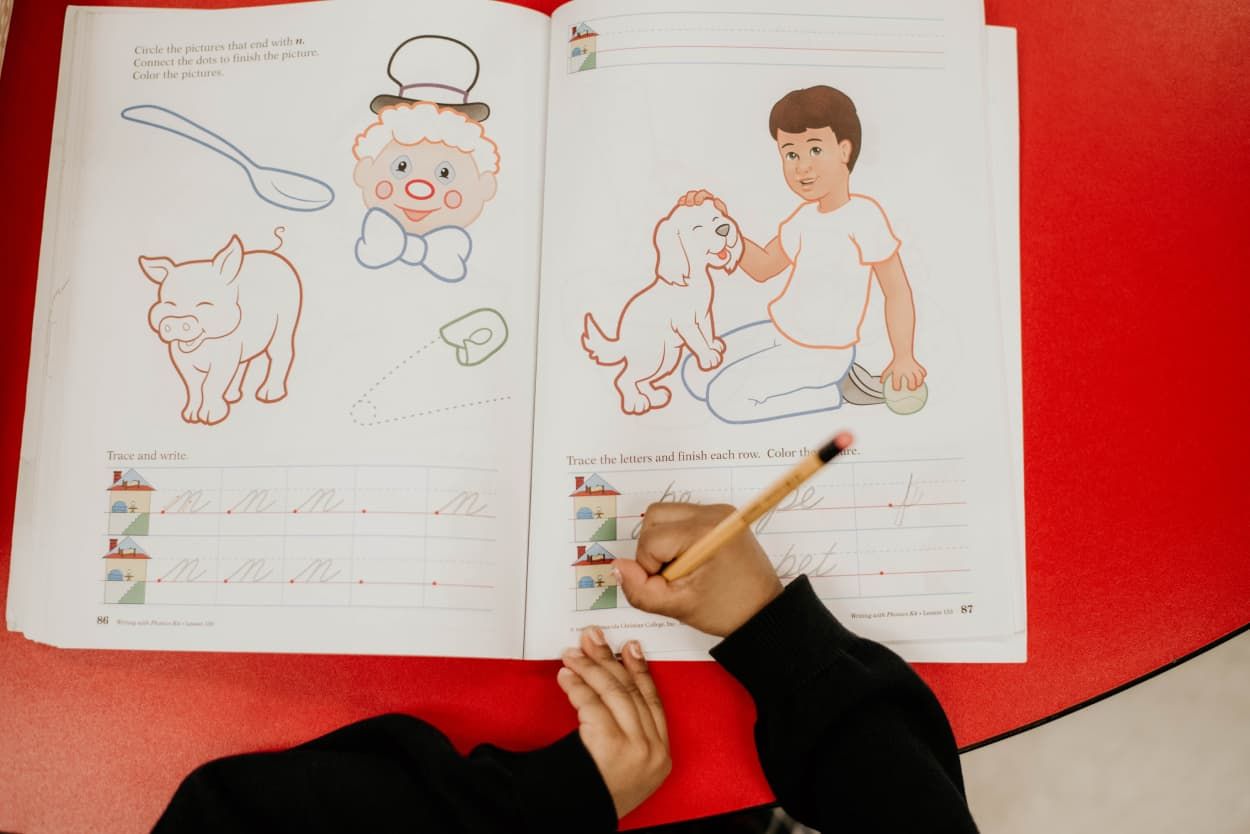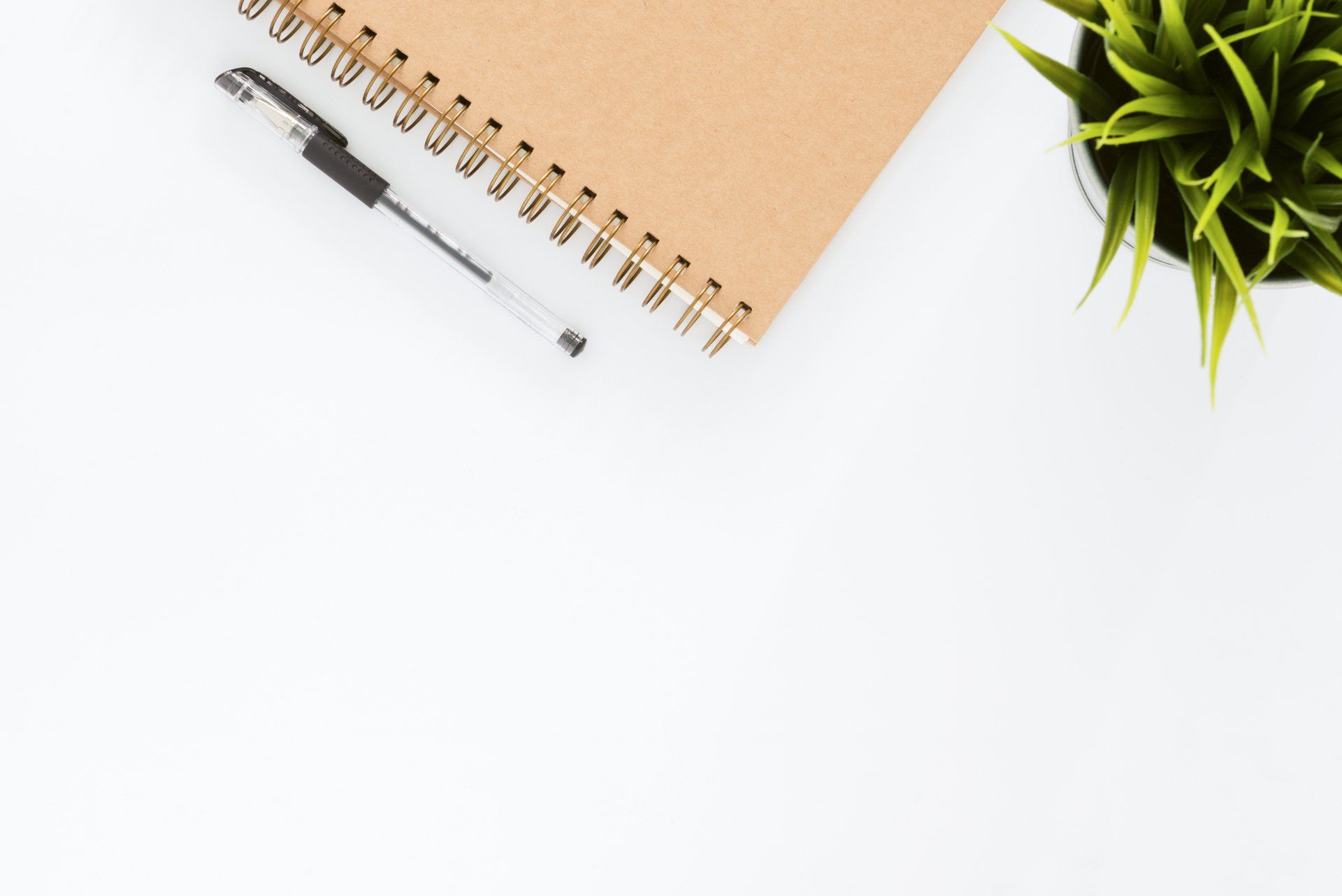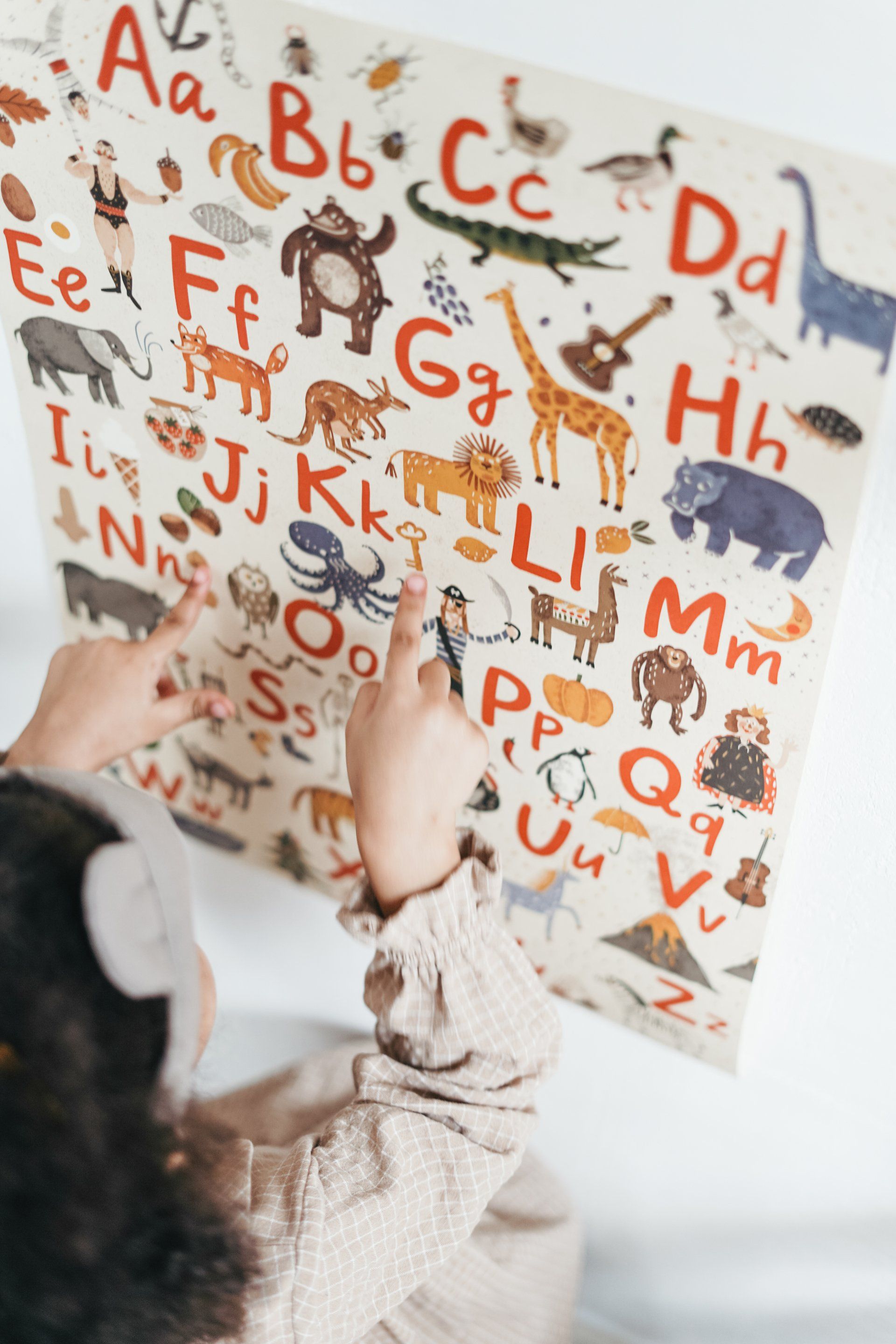How to Develop and Improve Fine Motor Skills in Kids Aged 3-6
Fine motor skills in kids aged 3 through 6 are required to accomplish various everyday activities. They also play an essential role in a child's academic success. By practicing and improving fine motor skills, kids develop abilities needed for a successful career in professions such as architecture, science, medicine, etc.
Simple tasks, such as cutting with scissors, drawing shapes or using a pencil, are essential skills that must be taught as early as kindergarten. The best way for kids to master all these small finger movements is through enjoyable and exciting exercises, where children do not feel like they’re training but rather play and have fun.
Read on to find out what activities can help kindergarteners develop and improve their fine motor skills at school and at home.
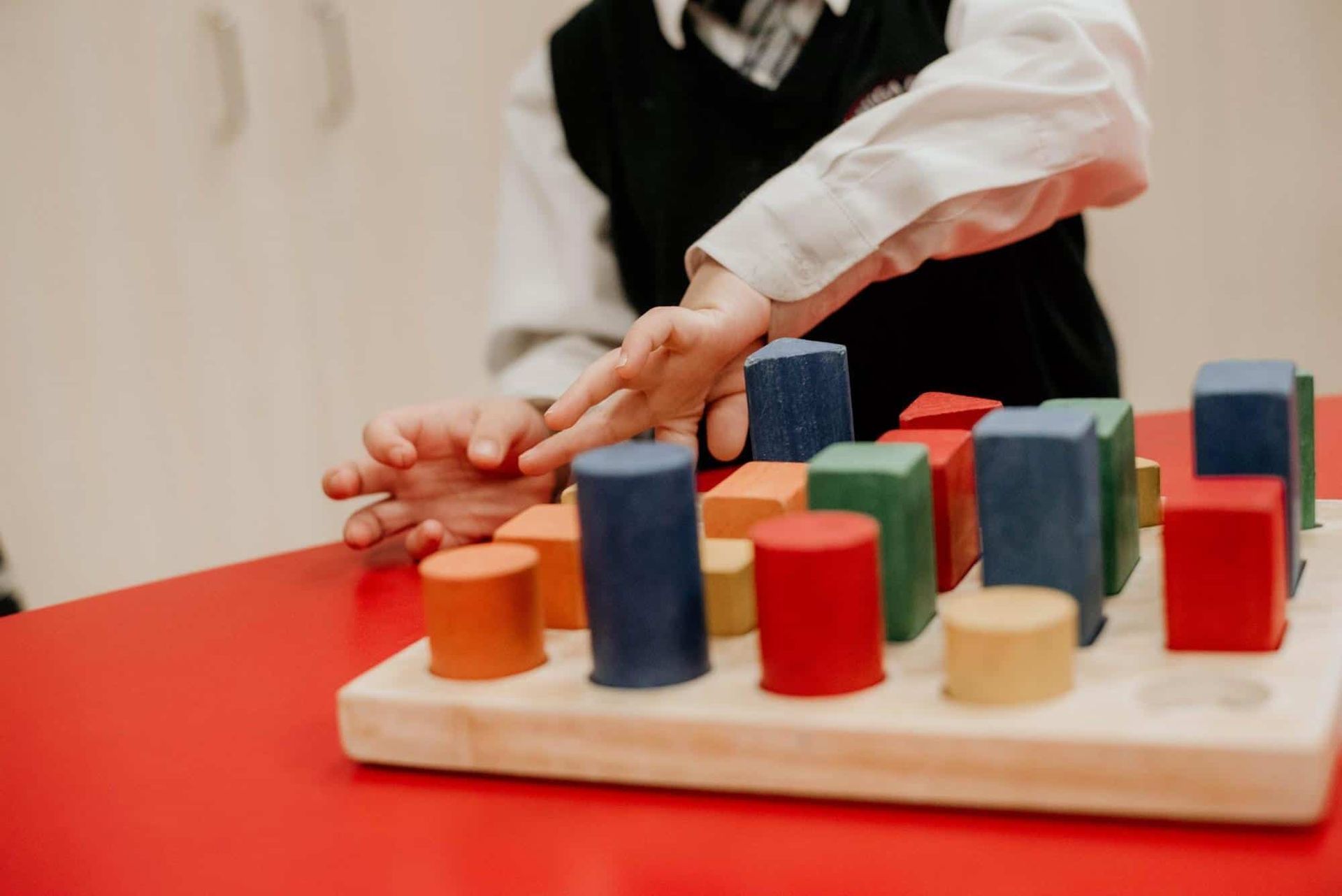
What are fine motor skills?
Fine motor skills control the movements of small muscles, such as those in fingers, toes, wrists, hands and feet, and require kids’ brains to coordinate between the action and the thing they’re seeing.
They are often overlooked during the early years of development, usually due to a lack of awareness of their importance. However, these tiny actions play an essential role in performing simple tasks, such as using cutlery, colouring, cleaning teeth, etc. They are crucial for a child’s overall growth.
When do kids start developing fine motor skills
The development of fine motor skills begins as early as one or two months after birth. It is not uncommon for babies to focus on the fingers and toes during this time as they learn how to move them.
Fine motor skills development is the most intense in the first seven years of a child’s life. After the age of seven, these skills are simply being refined. It is crucial for your child’s overall growth and progress to practice and improve fine motor skills.
As kids get older, fine motor skills become more advanced thanks to their natural curiosity. Here’s a brief timeline of fine motor milestones for kids aged 2-6:
- 2-3 years - At this development stage, a child should be able to manipulate clay material, copy circles, imitate crosses, snip paper using scissors and build towers of nine small blocks. This is also when they start using their non-dominant hand to assist and stabilize the use of objects.
- 3-4 years - Children aged 3-4, in addition to all the above, can also write their name and numbers 1-5. Most kids can usually trace and cut along a line continuously, copy letters and squares, as well as dress and undress independently.
- 4-6 years - When kids are four to six years old, their skill set should include cutting out simple shapes, drawing basic pictures and colouring within the lines. In addition, they should be able to use glue appropriately and use a three-fingered grasp of a pencil and generate movement with their fingers.
At this age, children acquire fine motor skills at a rapid pace. In a span of just a few months, they go from barely being able to hold a spoon to confidently using a fork and knife. Keeping a steady pace while being patient and sensible is crucial for their progress.
Why are fine motor skills essential
Developing and improving fine motor skills is vital for your child's growth and academic success since these fine activities are linked to brain development.
With improved fine motor skills, kids tend to become more independent in performing various tasks, like eating, writing, speaking, creating, and dressing themselves. It also positively impacts their self-esteem and confidence, which helps them access a broader source of learning activities and social experiences.
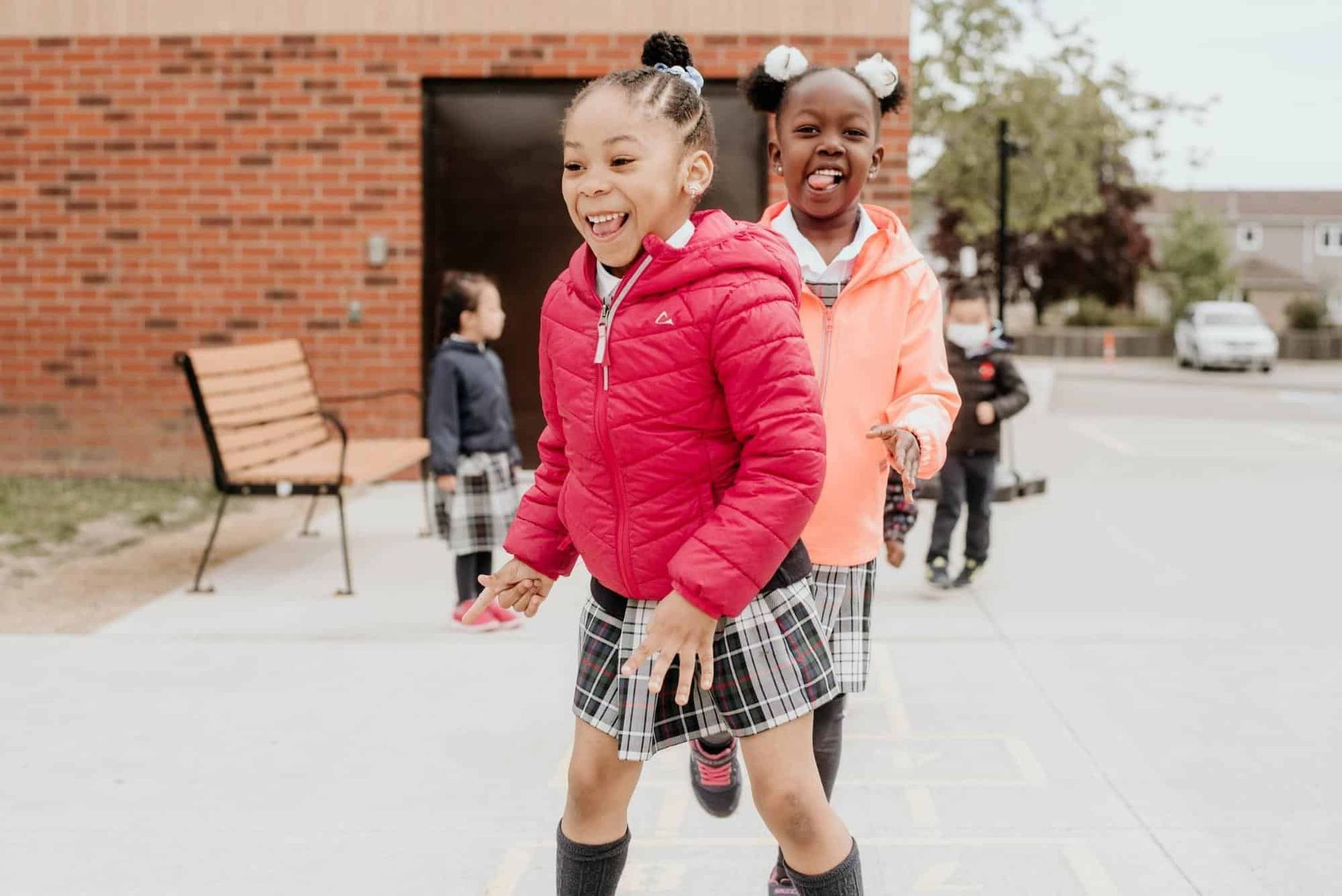
Practicing fine motor skills also improves kids' hand-eye coordination, which helps develop cognitive abilities and learn to write and read proficiently with a better understanding. In addition, with better hand-eye coordination comes a greater chance for a child to have a successful career as a doctor, surgeon, architect, etc.
Activities to develop and improve fine motor skills
Adults need to encourage and empower children with their support and give kids the opportunity to practice and improve their fine motor skills in exciting and inspiring ways.
Here are some activities that can help with developing and improving fine motor skills in young children:
Arts and crafts activities that help with fine motor skills improvement
Activities like scribbling, colouring, drawing, writing and cutting help kids’ fine motor skills improve and positively affect creativity and imagination
Practicing these pencil and scissors skills helps children gain greater control using things in their hands and strengthen their hand-eye coordination, which is necessary for cognitive development.
Kids enjoy experimenting and working with their hands, so tactile play with materials like play-dough or slime is a great way to build fine motor skills and have fun at the same time!
Cursive writing helps kids develop and improve fine motor skills
Despite many people believing that cursive writing is a dying art, there are some major benefits to teaching kids how to write in cursive. One of the most important benefits is that it can help improve fine motor skills.
Cursive writing requires children to use small muscles in their hands and fingers in a coordinated way, which helps to strengthen these muscles over time.
In addition, cursive writing also helps improve dexterity and coordination. As a result, children who learn how to write in cursive often have an easier time learning other tasks that require fine motor skills, such as buttoning a shirt or tying shoelaces.
The benefits of writing in cursive don’t stop here.
Cursive writing also helps kids increase mental efficiency by improving neural connections in the brain. It can help them develop self-discipline and professionalism as well as grammar, spelling, but also memory and concentration.
Playtime activities that positively affect fine motor skills development
Engaging with and encouraging a child to complete puzzles can improve their hand-eye skills, coordination and fine motor skills. In addition, picking up and moving puzzle pieces into place helps develop a pincer grasp.
Almost every child loves building things with blocks and Legos, which benefits delicate pushing and pulling movements. Aside from that, it builds stronger muscles in kids’ hands and helps with coordination while teaching them to be persistent.
Outdoor activities for improving fine motor skills
Outdoor activities are not just good for a child's overall health but also encourage the advancement of fine motor skills. For example, playing with sand, scooping, and digging with spoons, or using moulds positively affects sensory development. Likewise, drawing on the pavement with stubby chalk or water brushes encourages proper grip.
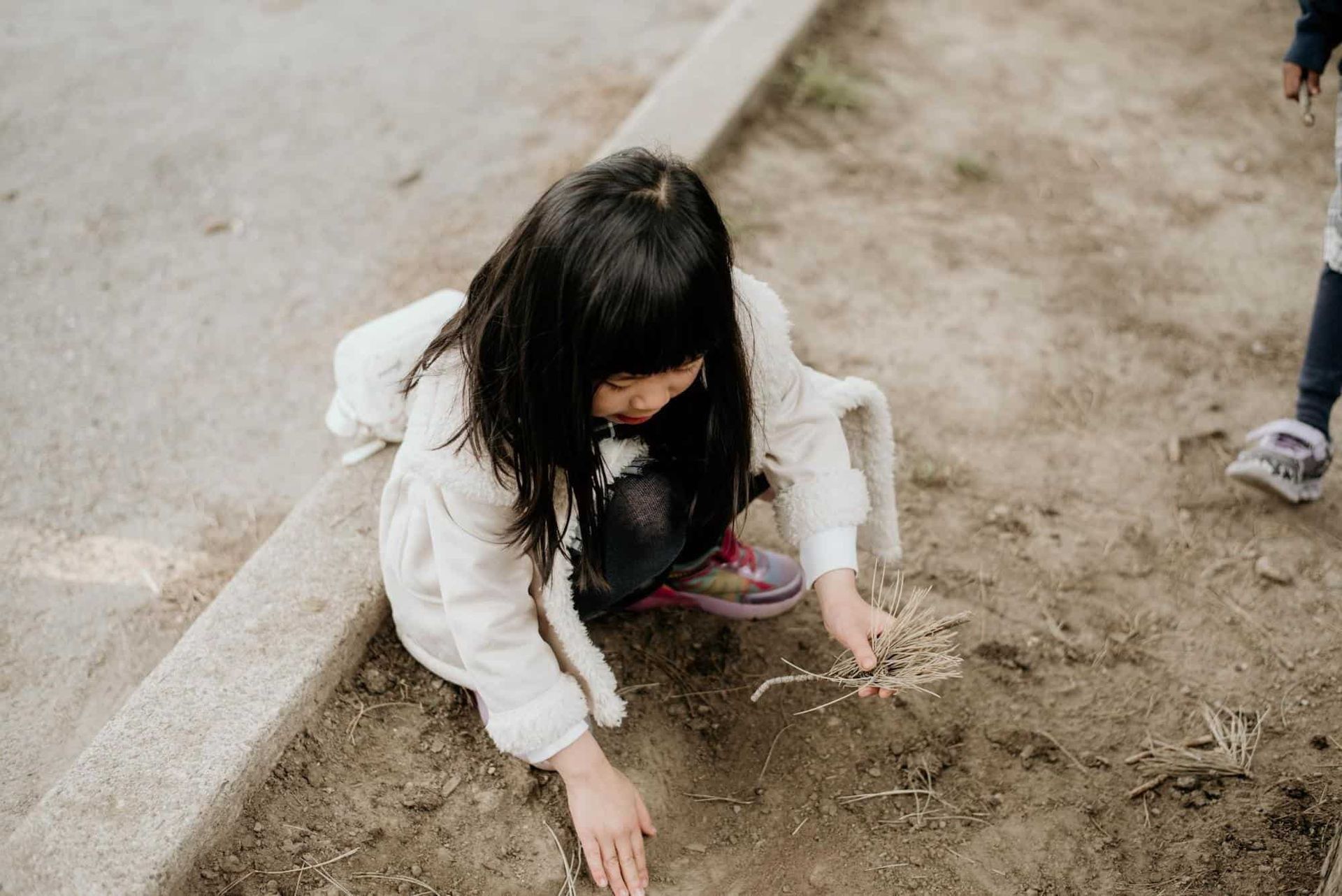
Self-care activities that help with fine motor skills progress
Even though teaching children to brush their teeth or tie their shoelaces can be challenging, these self-care activities are essential for developing kids’ independence. Putting on shoes, zipping buttons, belts, using cutlery, and brushing hair may seem like simple tasks but these actions require the movement of multiple tiny muscles and thus improve coordination and fine motor skills development.
The role school plays in developing fine motor skills
Many schools are now incorporating fine motor development into the curriculum in various ways: by encouraging children to use different textures and materials when they do art projects; teaching them how to button their clothes or brush their hair independently; providing more writing activities that involve a range of grips as well as encouragement for using scissors properly.
Here at MCA, we work with each child individually and offer them the support and encouragement needed to develop and improve their fine motor skills.
We even go a step further. Besides all the above-mentioned activities, our school program also includes cursive writing - an often neglected but essential method to help young learners gain, develop and master fine motor skills.
When it comes to your child, we put great emphasis on helping them succeed by mastering all-important skills and growing mentally, emotionally, and professionally.
If you’re interested to learn more about how MCA supports fine motor skills development in its students, reach out to us, and we will be happy to answer all your questions.
